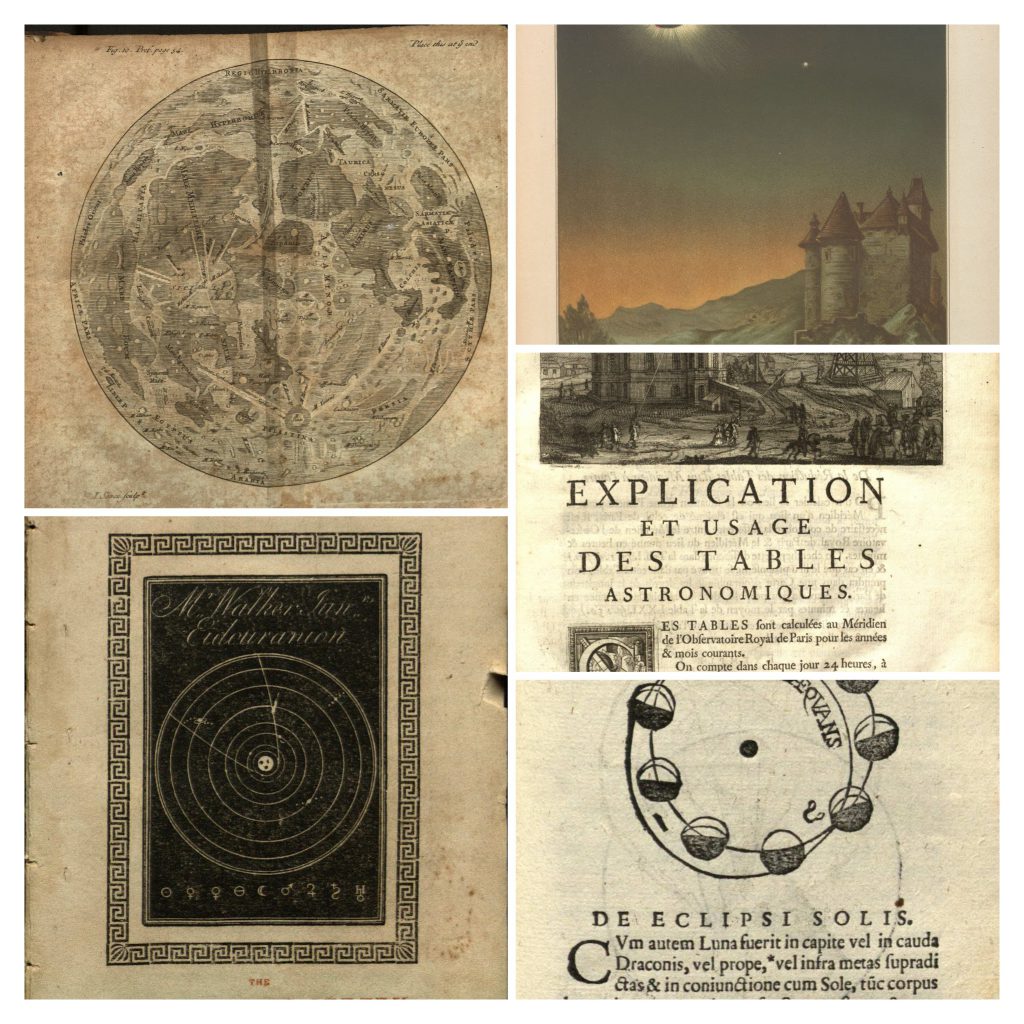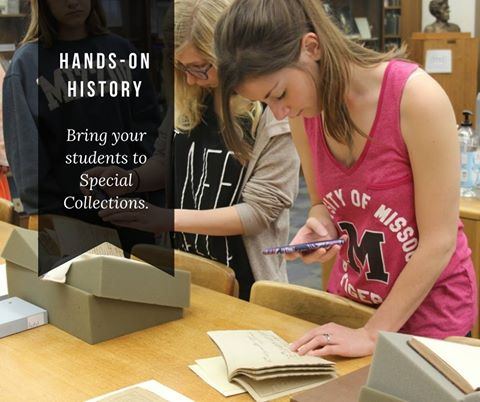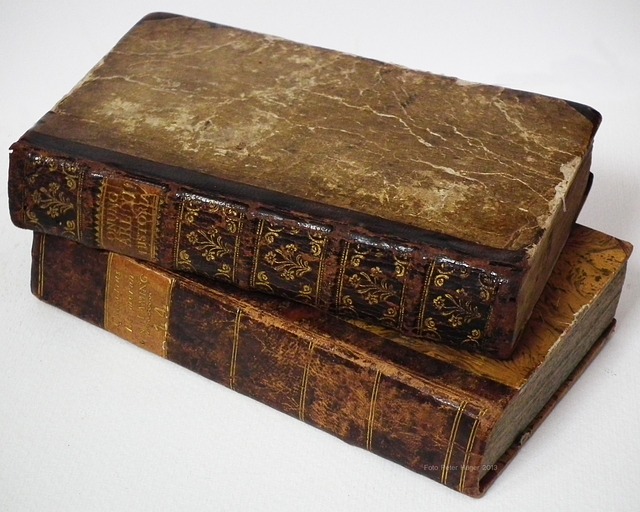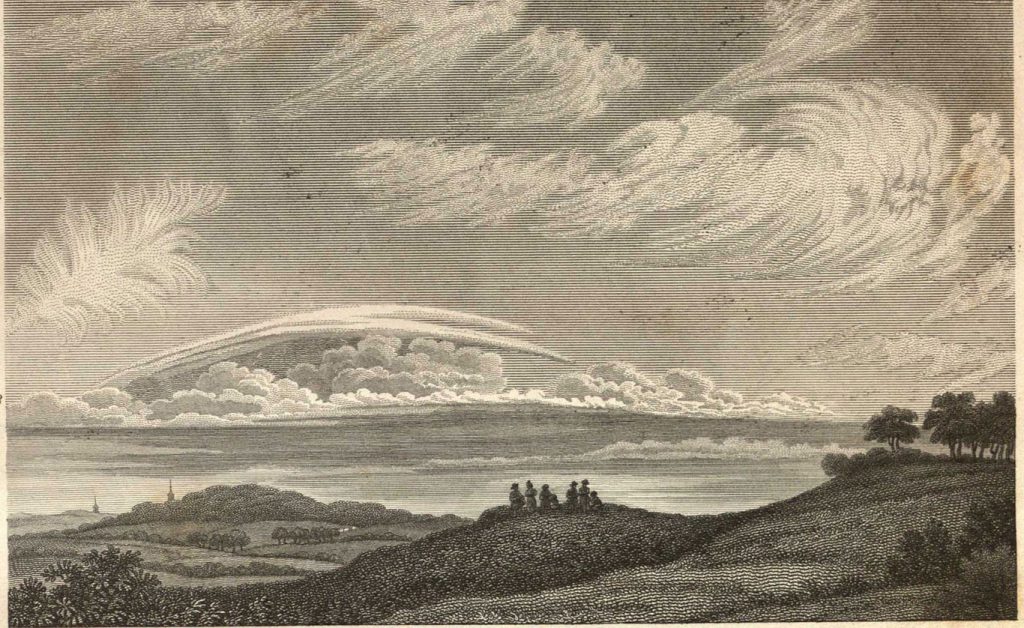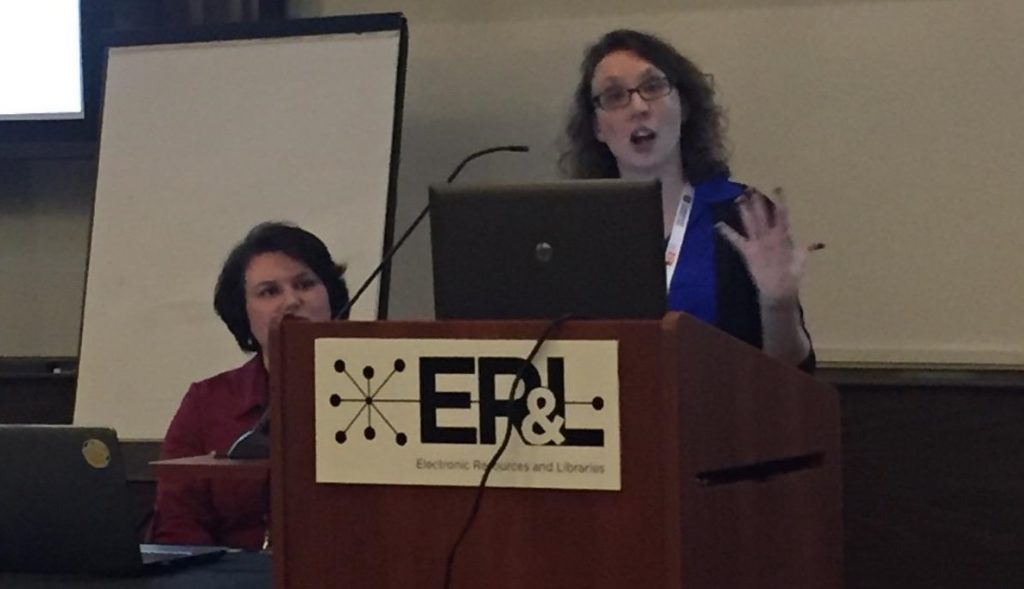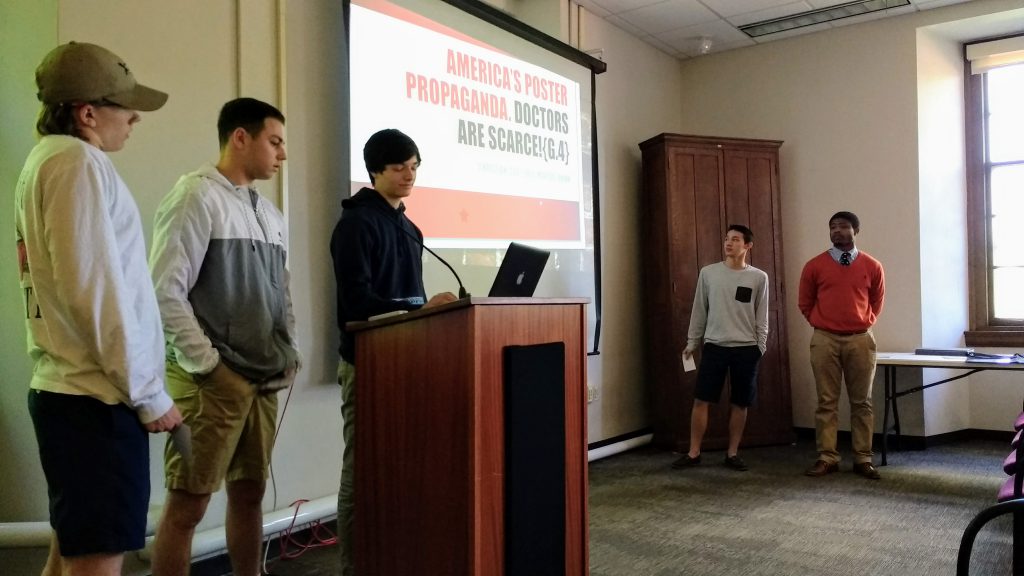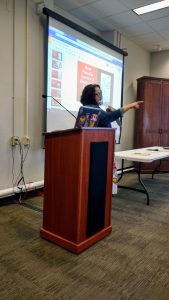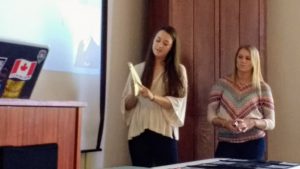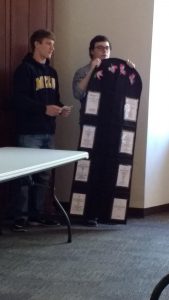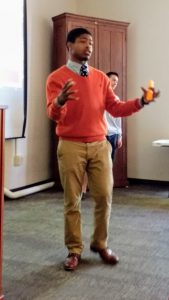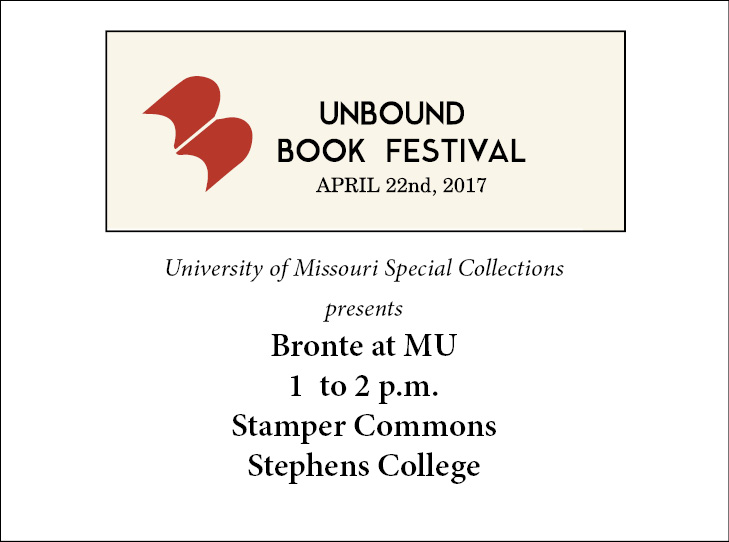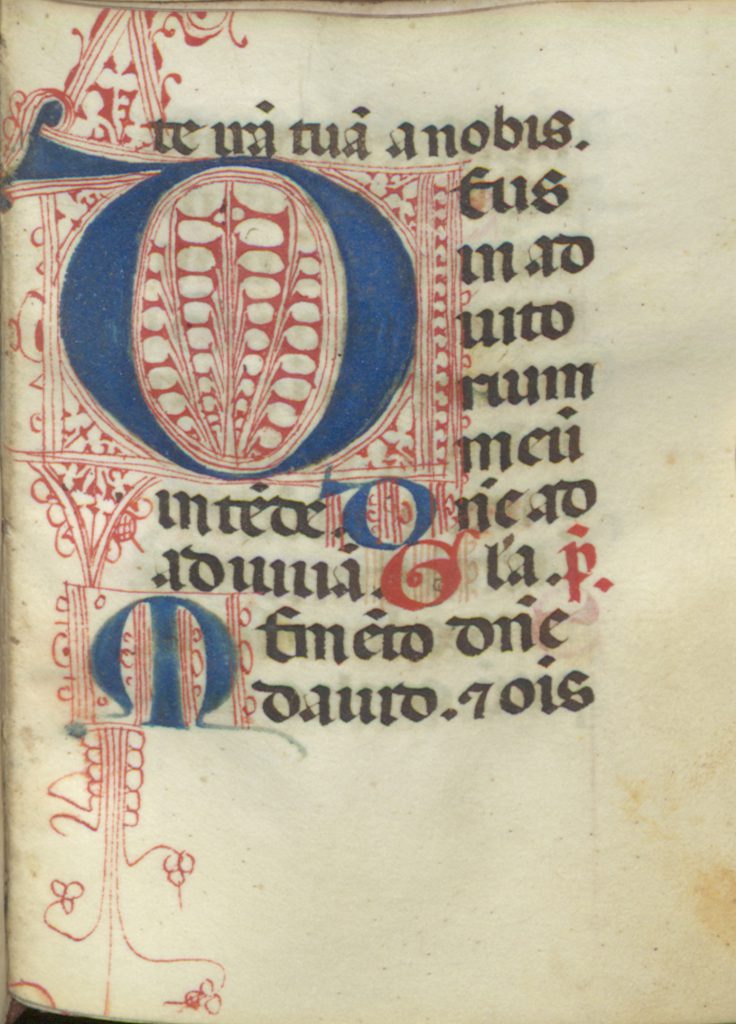Grace Atkins, User Engagement Librarian, and Kelli Hansen, Print Collections Librarian, Rare Books & Special Collections, gave a presentation on the News Hub at the Electronic Resources & Libraries (ER&L) Conference on April 3rd. Both Grace and Kelli attended the School of Information at the University of Texas at Austin, where the conference was held.
Immediately following their presentation, Grace presented #TheStruggleIsReal: How to Maintain Positive Social Media Engagement with Your Community Even When They're Saying Things You Don't Want to Hear with Allyssa Guzman, Digital Scholarship Librarian at the University of Texas at Austin. The two discussed using social media as a way to engage with library users, not simply to advertise.
The turn-out for Grace and Kelli's presentation, Library News Hub: Centralizing Marketing for Decentralized Outreach, demonstrated that lots of libraries are struggling with managing marketing and communications. The audience had questions about how to implement similar systems at their libraries.
Grace and Kelli started working on the News Hub in the summer of 2016. They didn't want to simply create another blog but to create a true content management system. With the help of testing conducted by the library's usability committee, they created a centralized system to compile announcements, post to social media, and create engaging emails and newsletters. Now they are focusing on the New Hub's ability to foster better communication with and among library staff. The News Hub's primary function is to be an anchor for distribution of marketing content across all of MU Libraries' digital communication channels.
Looking forward, Grace and Kelli see lots of possibilities for further use of the News Hub. In June, the marketing team will discuss what's working and what needs improvement at their annual retreat. They look forward to providing more personalized training for staff to become comfortable using the News Hub and surveying subscribers to the newsletters.
